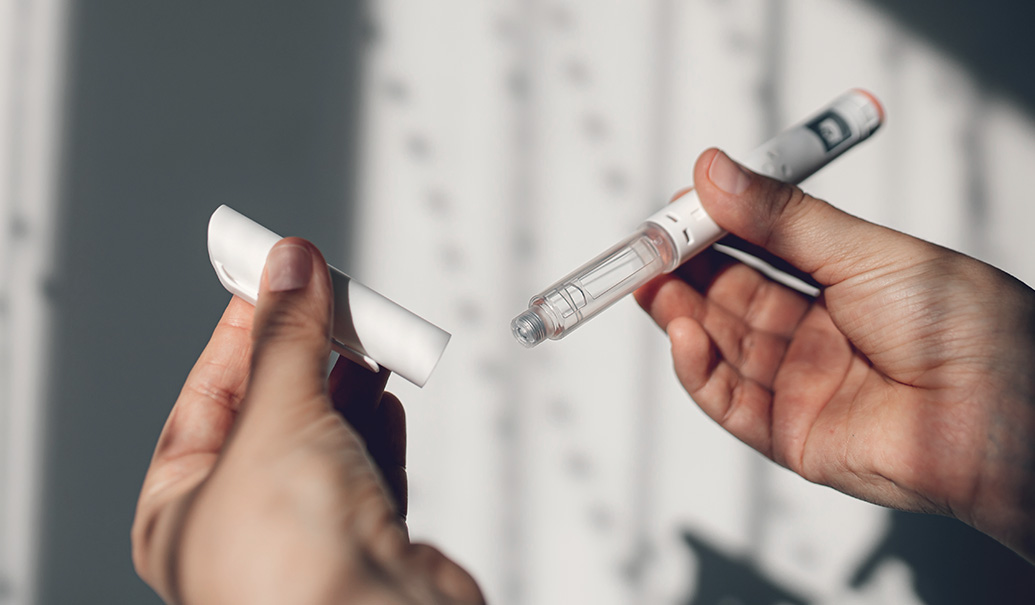Social distancing and limited face-to-face interaction is accelerating the adoption of digital promotion in the pharma industry. Whether through sales force channels or digital channels, there’s a need for rapidly evolving content based on customer preferences.
Traditionally, pharma has leveraged analytics and technology to support go-to-market decisions more around channel (deploying an optimal mix, predicting customer affinity, etc.) and less around the content of the promotions themselves. Content has been driven more by brand-specific messaging needs for segments and personas. However, it’s possible to enable dynamic customer journeys that continuously optimize both channel and content for individual customers by leveraging AI via an omnichannel next-best-action solution. Our client experience also shows that optimizing channels and content together brings synergistic impact. This has been successful at many pharma companies where we have seen 15 to 30 percent impactable sales lift measured across multiple brands.
While the industry has started to personalize customer experience through dynamic journeys across a variety of touchpoints, hyper-personalization goes a step further and drives more granular personalization even within a touchpoint. Hyper-personalization not only engages customers based on their preferences to the content message, but it also personalizes many more “features” that make up the content beyond the message. This will translate into understanding the preferences of each doctor so that Dr. Smith receives an email with a question in its subject, a message of safety and information presented through infographics, whereas Dr. Sharma would receive an email with an emotional patient story and safety information conveyed through pictures of patients. Some examples of features that make up the individual email are message sentiment or tone, look and feel aspects like color or the presence of images or the length of email subject lines and bodies. We have identified more than 30 pharma-specific features like these. In the past, the retail industry has deployed many successful examples. Amazon sends hyper-personalized emails tailored to customer preferences across many characteristics beyond the next best offer. We believe that in pharma, the impact of hyper-personalization can be further amplified because more customer data is available, and the profitability potential is higher. So far in our pharma experience, we’ve seen that
“Email open and click rates can improve by 40 percent when companies use AI-enabled hyper-personalization”
to dynamically assemble content features based on customer preferences. While commercial pharma is well on its way with AI and digital capabilities, some gaps will need to be closed before a company can pursue hyper personalized promotional content. The following steps will prepare teams for hyper-personalization:
1. Modularize your content for re-use. Most pharma companies store content in the form of composite assets, for example, a full email template for efficacy studies. Such assets should be broken into fragments, modular content such as images or paragraphs that can be arranged, re-arranged and re-used. This step is key for pharma to maximize the use of previously created content to reduce new content creation costs, and above all, to drive a higher degree of personalization.
2. Tag your modular content. You’ll need to comprehensively tag your modular content with multiple features such as key message, tone, aesthetics, etc. A combination of AI and human expertise will be required to first define the taxonomy, setup the tagging process and then validate the machine-tagged content. AI-based tagging algorithms when combined with human intelligence have shown a high accuracy of 70-80% across a variety of features.
3. Accelerate the medical, legal and regulatory (MLR) approval process. MLR approval takes up to approximately 50 days with an average of about three review iterations involved. This long review process is largely due to a heavy reliance on human input and MLR team expertise. MLR process agility will be imperative to enable hyper personalization for rapid content approvals. However, when MLR approved content is modularized and re-used to assemble new content, it will result in shorter review periods, since the content would have already been approved previously. AI can help speed up the process further if it’s used to filter for content with a high likelihood of MLR approval.
The future of sales in pharma is like that of other industries: digital and personalized. The pandemic has accelerated digital sales practices. Regardless of what the future holds, those practices should be evolved. A holistic digital content supply chain transformation (including content creation, standardization and go-to market) is the right way for pharma to embark on this evolution. It provides the much-needed flexibility and effectiveness to fully harness digital value in commercial pharma.















